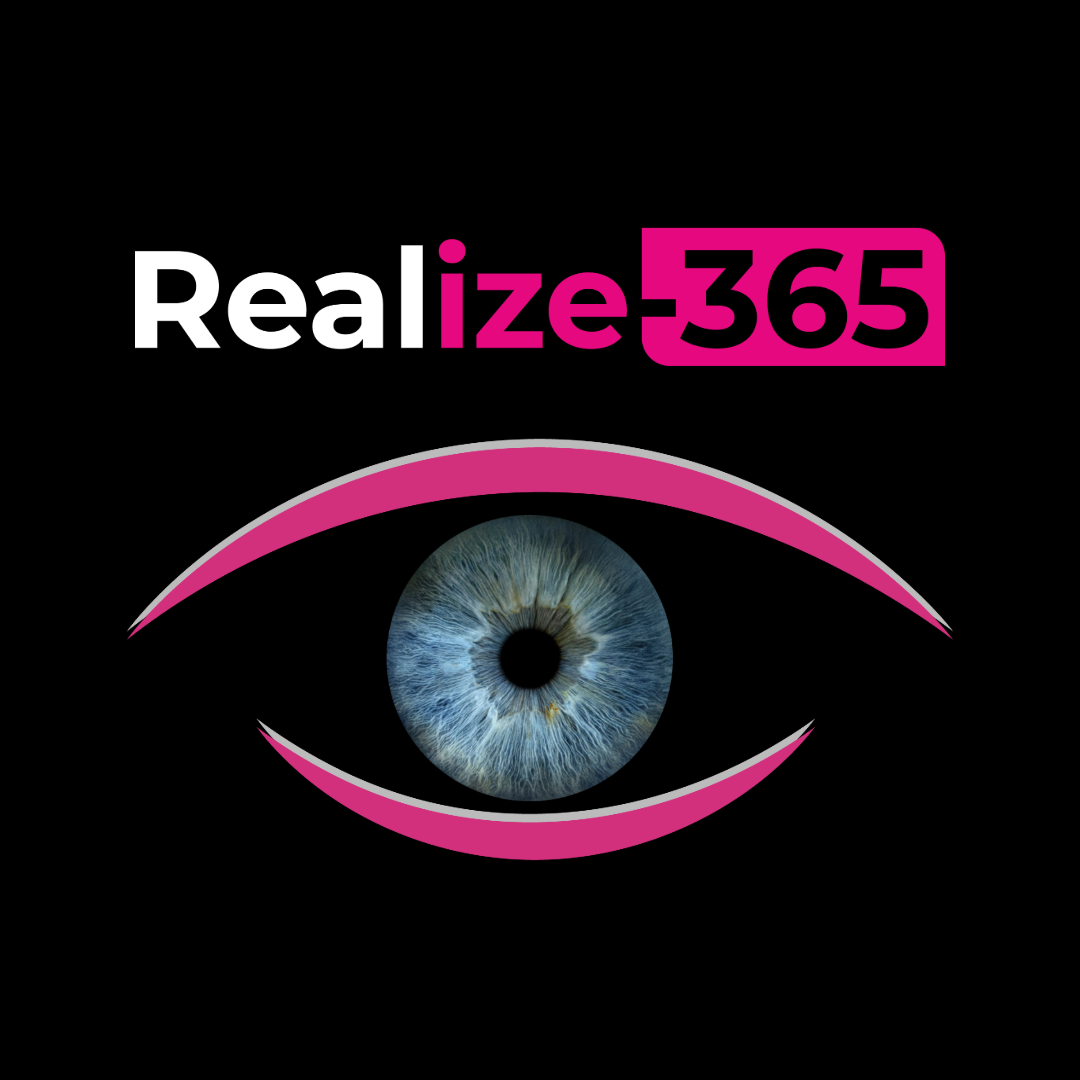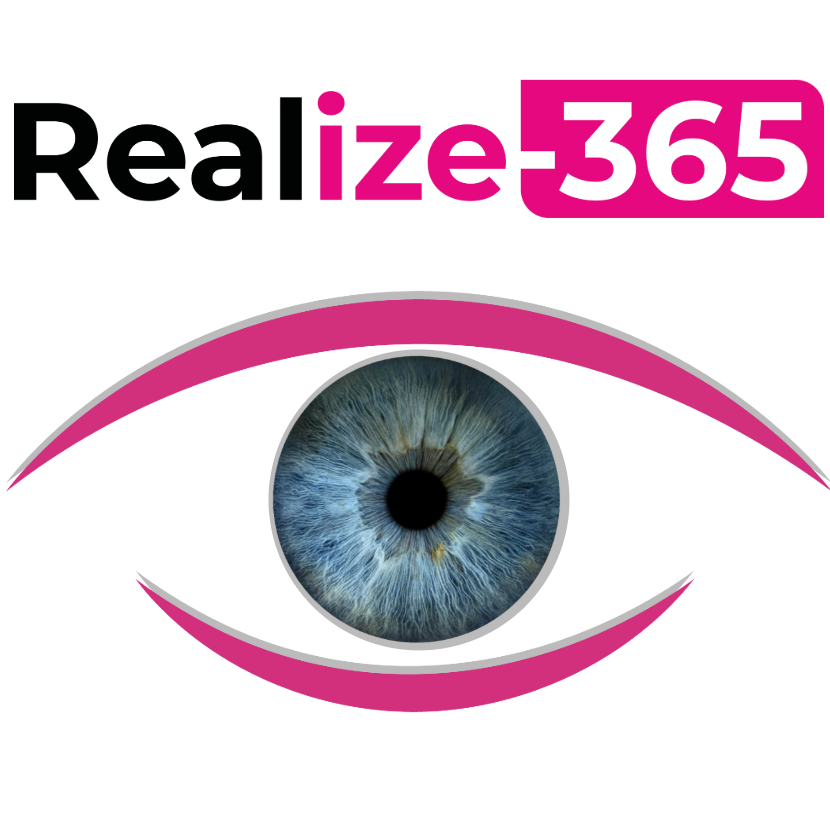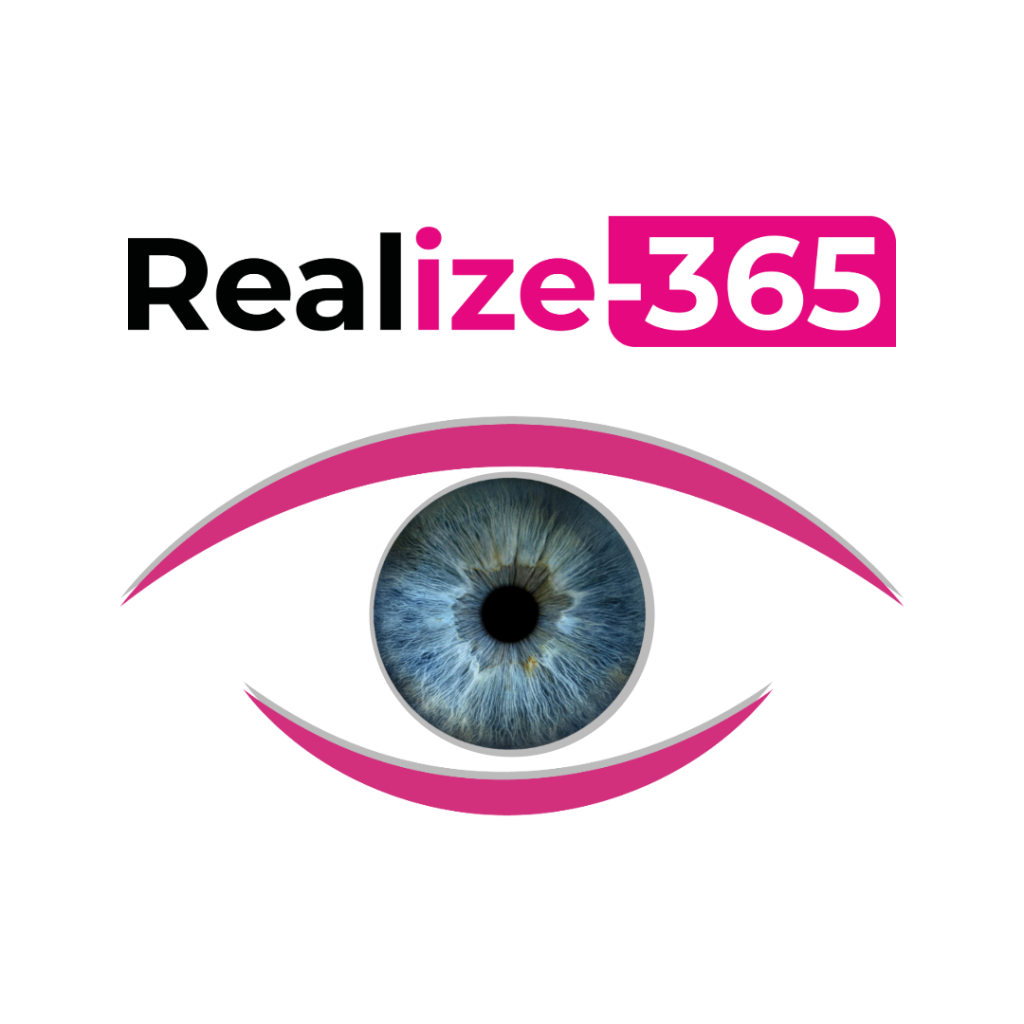Malignant Hyperthermia
Enhancing Multidisciplinary Coordination in MH-Susceptible Patients
Want to know more?

Scenario
Matt, a 6-year-old boy with genetically confirmed susceptibility to malignant hyperthermia (MH), is admitted for elective bilateral femoral osteotomy. At age 3, following a tonsillectomy, he suffered a severe MH crisis with rapid hypercapnia, generalized rigidity, and a core temperature of 104°F. He required emergency dantrolene, a 48-hour ICU admission, and prolonged monitoring. Despite this critical history, his MH risk remains buried in a scanned discharge summary with no structured alerts or safeguards in the EMR.
Throughout his inpatient stay, from surgical planning through to discharge, Matt’s care spans anesthesia, PACU, pharmacy, therapy, and nursing. Each handoff introduces opportunities for gaps in communication, raising the risk of MH recurrence or complications. Realize-365 closes those gaps by embedding MH-specific safeguards and intelligence into every step of care.
How Realize-365 Helps
Step 1: Preoperative Surgical Planning
Traditional time: 15–20 minutes of manual chart review and memory-based medication avoidance
With Realize-365: Under 1 minute
The circulating nurse and anesthesiologist begin the pre-op review. Realize-365 automatically flags “MH-susceptible, prior episode at age 3 requiring emergency dantrolene and ICU stay” on the patient’s dashboard and includes it in the AI-generated summary.
It cross-checks anesthesia order sets and:
- Blocks contraindicated agents (succinylcholine, volatile anesthetics).
- Generates a hospital-based MH protocol summary, linked to MHAUS and ASA guidelines.
- Displays a readiness checklist:
- Remove vaporizers from anesthesia machine.
- Flush machine ≥20 minutes with high gas flow.
- Verify 36 vials of dantrolene available.
- Use TIVA (propofol-based) only.
- Assign team member to monitor for MH signs intra-op.
Impact:
- Prevents administration of MH-triggering agents.
- Avoids cancellations or unsafe delays, saving $50,000–$150,000 per avoided cancelled OR block.
- Improves OR efficiency and patient safety.
Step 2: Intraoperative and PACU Communication
Traditional time: Protocol adherence relies on memory and verbal reminders
With Realize-365: Automated, structured handoffs
Post-surgery, the anesthesiologist verbally notes MH risk, but without structured documentation. Realize-365 generates a PACU handoff with MH-specific instructions, attaches the hospital’s MH emergency protocol, and pushes alerts to nursing stations and mobile devices:
- “Monitor core temperature q15min.”
- “Assess for rigidity q15min.”
- “Confirm dantrolene availability within 2 minutes.”
- “Avoid MH-triggering medications, cross-checked with PACU MAR.”
Impact:
- Standardizes MH protocols across PACU shifts.
- Reduces post-op deterioration and ICU transfers ($50,000–$150,000 avoided per event).
- Improves nursing efficiency by eliminating manual checklist hunting.
Step 3: Night Shift Vital Trend Monitoring
Traditional time: Trends not easily visible; escalation delayed
With Realize-365: Continuous background monitoring and AI-triggered alerts
On post-op day 1, Matt’s temperature rises from 97.8°F to 100.7°F and his heart rate increases by 20 bpm over 4 hours. These scattered vitals are easily overlooked. Realize-365 detects the pattern and pushes an insight:
“MH-susceptible patient: Temp ↑ 1.6°F and HR ↑ 20 bpm in 4 hrs. Assess for rigidity or other MH signs; notify provider STAT.”
It also links to hospital MH protocols derived from AAGBI and EMHG guidelines.
Impact:
- Enables early detection of MH recurrence before full crisis.
- Prevents ICU transfers ($100,000–$300,000 avoided per crisis).
- Supports safer overnight care with limited staff.
Step 4: Therapy Clearance and Coordination
Traditional time: No condition-specific guidance for PT
With Realize-365: Built-in MH recommendations for therapy
On post-op day 2, PT prepares to mobilize Matt. Realize-365 highlights MH status in the therapy dashboard and recommends:
- Begin with low-exertion activity.
- Monitor HR, core temp, and ETCO₂.
- Stop if HR ↑ >20 bpm or temp ↑ >1°F.
Impact:
- Prevents exertion-induced MH recurrence.
- Avoids costly ICU admissions ($100,000–$300,000 per event).
- Improves therapist confidence and patient throughput.
Step 5: Medication Verification Before Administration
Traditional time: Nurses manually check formularies or page pharmacy/physicians
With Realize-365: Real-time AI guidance at bedside
When preparing orphenadrine, the nurse queries The Pulse:
“Is orphenadrine safe for MH-susceptible patients?”
The Pulse responds:
“Caution advised: Orphenadrine may mask early MH symptoms. Recommend confirming with physician. Consider benzodiazepine alternatives.”
The order is flagged for pharmacist review, with hospital MH guidance attached.
Impact:
- Prevents unsafe medication administration.
- Saves bedside time and reduces pharmacist interruptions (2–3 avoided per day).
- Improves nurse autonomy and efficiency.
- Avoids higher-level care costs of $10–30k per day.
Step 6: Discharge Education and Coordination
Traditional time: 20–30 minutes of manual checklist coordination
With Realize-365: Auto-generated discharge workflows
Realize-365 ensures the following are completed and documented before discharge:
- Family receives MH education and instructions.
- Alert bracelet or medical ID card provided.
- Written guidance on avoiding MH triggers for all future care.
- Pending genetic counseling referral flagged and scheduled.
- Family-friendly discharge checklist and 30-day calendar generated.
Impact:
- Standardizes MH discharge education across teams.
- Saves 20–30 minutes per patient, improving bed turnover and throughput.
- Reduces readmission risk and increases caregiver trust.
- Improves hospital satisfaction ratings and revenue potential.
Clinical Impact
- Time saved: 60–90 minutes per admission across departments
- Cost savings: $50,000–$300,000 per prevented escalation or avoided cancelled OR block.
- Safety: MH safeguards embedded across care continuum.
- Coordination: Stronger interdisciplinary communication without manual oversight.
- Efficiency: Fewer medication errors, faster escalations, safer discharges, and improved bed turnover.
Realize-365 transforms the inpatient experience for high-risk pediatric patients like Matt, embedding condition-specific safeguards at every touchpoint and enabling proactive, confident care.


